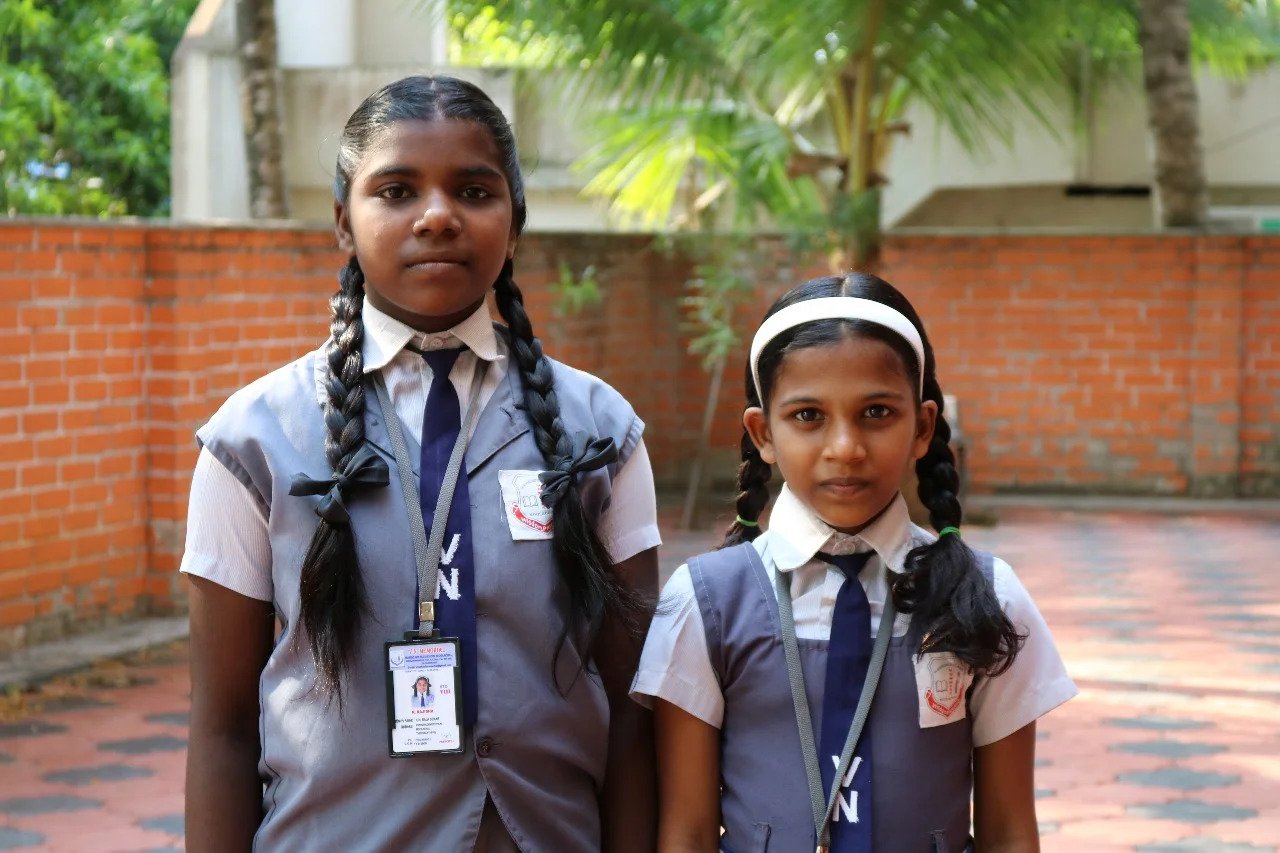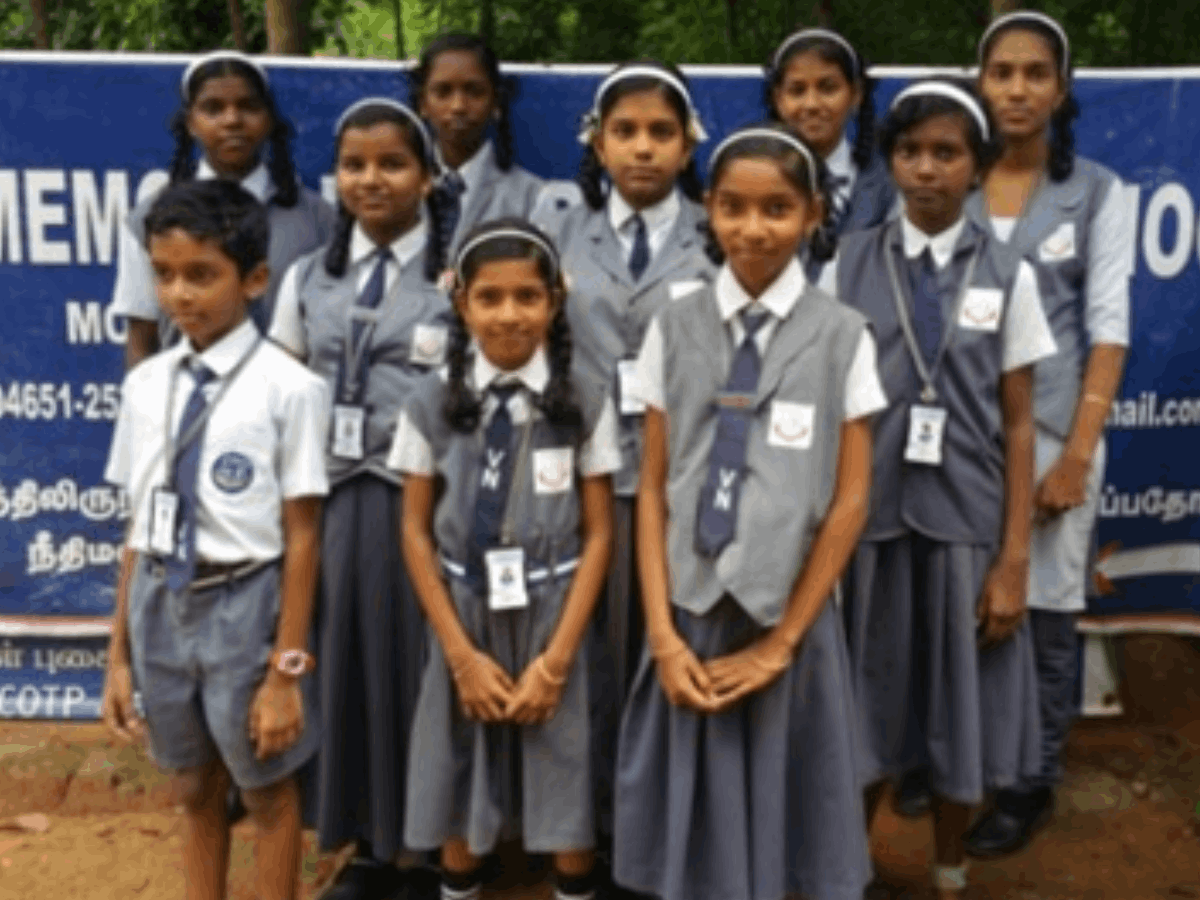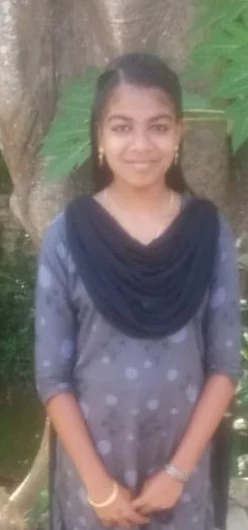Child Care Program (CCP)
Child Care Program (CCP)
Child Care Program (CCP) provides educational aid in India to children above 5 years, mainly girls coming from single-mother or economically downtrodden families. Such children are put in the best English medium school near to the home of the children, and their school fees and other expenses related to their education is paid by FICF. Around 200 children each year are supported through this program from various parts of India in partnership with many orphanages, homes, and institutions. Most of these children never dreamt of stepping further than the entrance gate of an English medium school but FICF made it possible for them to be educated in the best of English medium schools. There are several deserving candidates awaiting support through the CCP program of FICF. If you are interested to sponsor a child or the CCP program kindly contact us.


Rajeshwari is 13 and lives in the State of Tamil Nadu. Her mom works in a cashew nut factory and her father is unable to support the family financially. During the pandemic the factory was closed and the family struggled to buy basic things. Rajeshwari would not have the chance to go to school without help from outside. There are many children like her who grow up very poor without a chance of English education.
Why CCP
- Girl children are not preferred in Indian society in general.
- Parents often don’t send girl children to school due to poverty.
- In a developing country like India, a poverty struck family with no education can never come up in life.
- Helping children from such families also helps to bring life, hope and future to the family and the community as a whole.
- The segment focused by FICF for CCP is one that has a family but does not have the opportunity to develop socially and to endure a better life.

What does statistics say?
- There are 933 females per 1000 males in India. The “missing girls and women” can be attributed to discriminatory gender practices such as female foeticide, female infanticide, sexual trafficking and dowry death.
- One-fourth of Indian girls do not live past the age of fifteen and one-third of these deaths occur before a girl reaches her first birthday.
- The childhood mortality rate for Indian girls is 20 percent higher than it is for boys.
- Nearly two in every three women in India are illiterate.
- The female literacy rate is 54 percent.
- Only 82 girls for every 100 boys are enrolled in school. 35 million girls do not attend school in India. 52 percent of women are anaemic and the maternal mortality rate is 540 per 100,000.
- Some 60 percent of Indian prostitutes are from the so-called socio-economic backward segment. Of the two million women in commercial sex work in India, approximately 30 percent are below the age of 18.
- Almost half of all girls aged 20-24 years were married before they reached the age of 18.
Statistics show that much more needs to be done to improve the country’s gender imbalance. FICF through its CCP program helps girl children from poor families to get good education and to come up in life.

